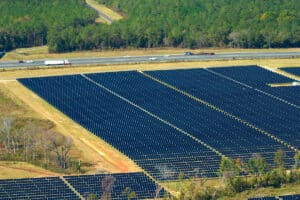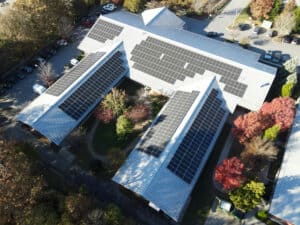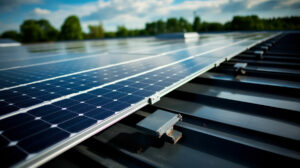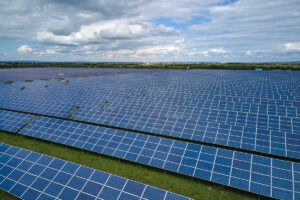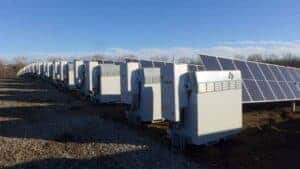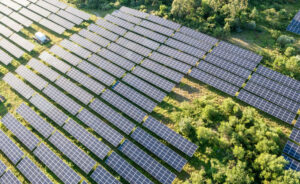Most nonprofit organizations have specific budgets tied to their expenses. The cost of solar panels may seem unaffordable to nonprofits because they are usually on a tight budget. However, there are actually several funding options available to nonprofits which makes affording solar possible, including power purchase agreement (PPA) and property assessed clean energy programs (PACE).
How nonprofits can use solar PPAs
Many nonprofit organizations finance their solar installation through a PPA, or a lease. A PPA is a zero down, no up-front cost financing option. The nonprofit will sign a contract with the energy project developer to pay for the use of the energy system over a period of time.
Then, the developer sells the power generated to the nonprofit at a fixed rate. The nonprofit will pay the installer a fixed amount of money each month and can save about 10 to 30% off of their electricity bill. By doing so, the nonprofit can also save 15 to 20% of the project’s costs.
Why owning solar systems might not be right for nonprofits? Owning a solar system will be difficult for most nonprofits because they usually lack the funding to install it. The biggest incentive for owning a solar panel system is the federal solar investment tax credit (ITC), offering a tax credit to offset 30% of the system’s costs. However, nonprofits don’t have tax liability. Therefore, they cannot take advantage of the ITC, according to EnergySage. In this case, it is better to buy the energy that is generated by the solar panels than to pay for the system itself.
How nonprofits can use PACE financing
Another way nonprofits can afford solar panels is through PACE. PACE also doesn’t have up-front costs. It is an off-balance sheet funding tool that adds an annual assessment to the business’ property taxes and doesn’t utilize any of the existing lines of credit. Nonprofits can borrow capital from PACE providers to pay for the construction costs and install energy efficiency or renewable energy improvements for the new energy system. PACE allows nonprofits to plan smartly with a flexible budget at the starting phase of constructing new energy systems and ensures enough capital to invest in the development of the nonprofits.
What are the benefits of upgrading to a solar panel system?
- Decrease nonprofit’s overall carbon footprint
- Decrease operating costs
- Generate significant saving over lifespan of the system
- Hedge against rising electric costs
- Fixed, low-price for electricity
- Contributes to local economy
- Improves the building’s asset value
- Produces reliable on-site power
- Relieves stress from the utility grid
What are the risks of upgrading to a solar panel system?
To be honest, energy projects do not always guarantee energy savings. However, the good news is, there are some types of agreements, including Energy Service Agreement (ESA) and Managed Energy Service Agreement (MESA) that can be entered into to make nonprofits feel more secure with their investment in an energy project. If the nonprofit is risk averse and wants a third-party to take the underperforming risk, the owners can consider signing one of these agreements. If you are interested in learning more about these agreements, please click here.
EnergyLink has partnered with schools, churches, foundations and charitable organizations to install solar panel systems. We have a special team for nonprofits. Click here to contact our nonprofits manager today to get a FREE energy audit today!

